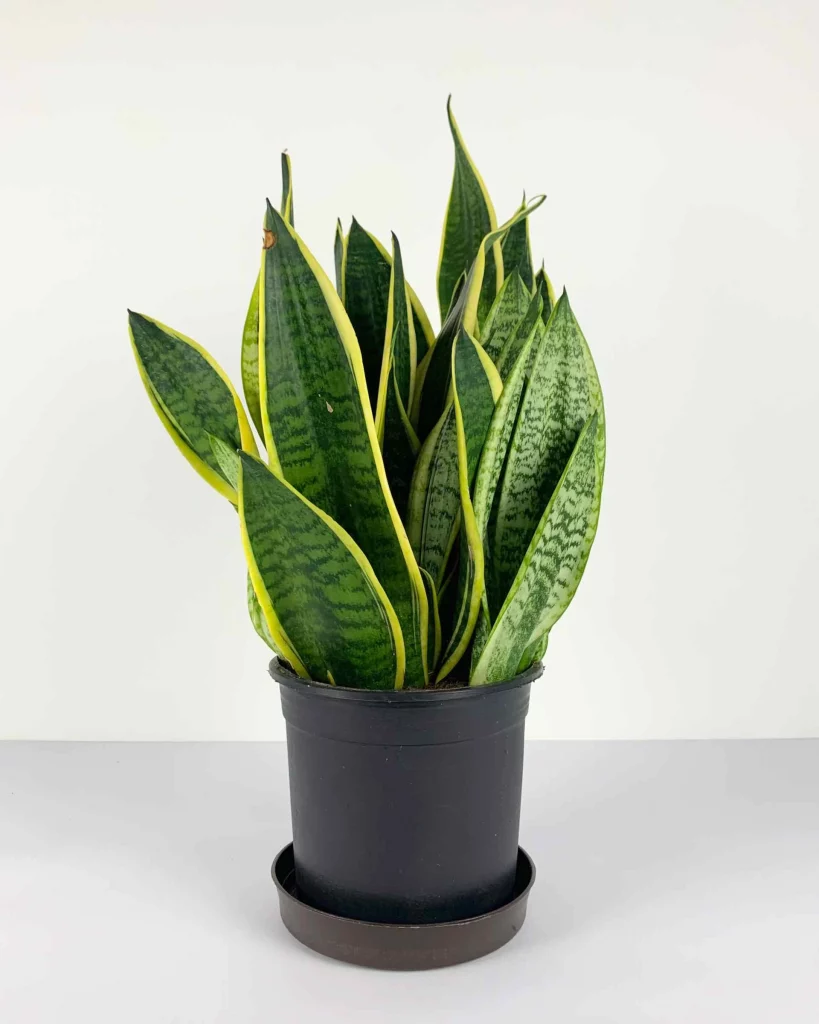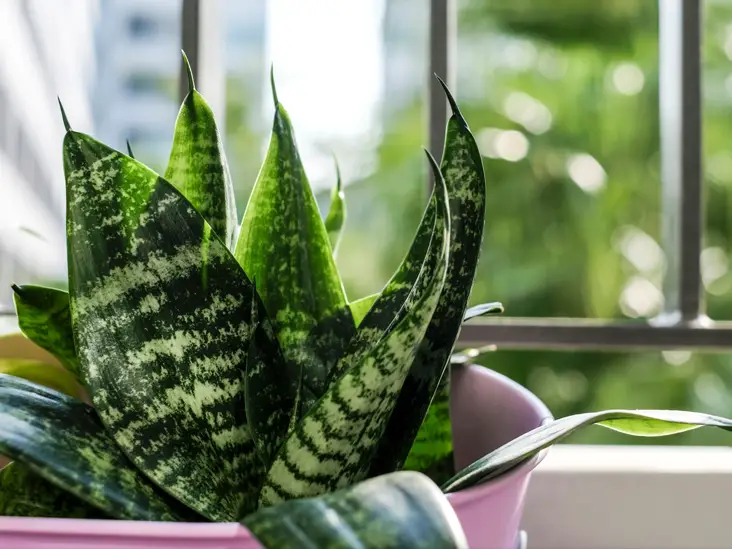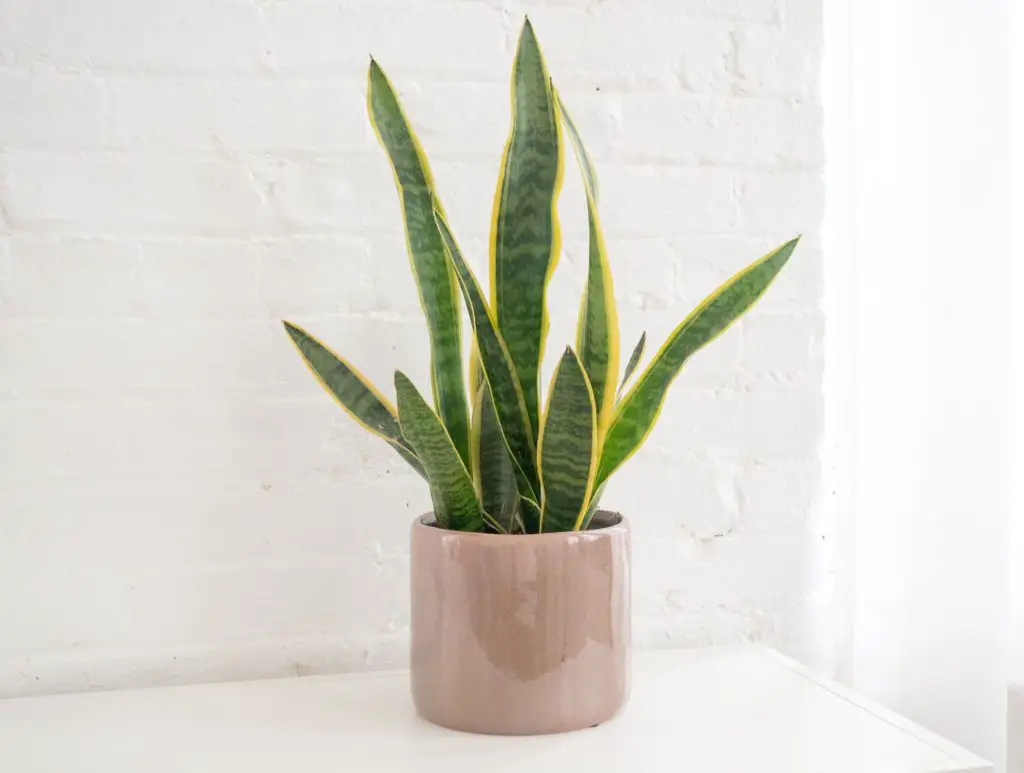Welcome to this article that will be talking about how you can be growing a snake plant in leca and whether it is actually worth it or not. For us, it is really not the best option as the roots will not be able to properly find stable support.
Even though people are recommended to use pebbles and leca for growing a lot of indoor plants. The thing with snake plants is that they want to soil where they can really establish their root system rather clearly.
Follow along in this article and we will further talk about the many ways there are to grow snake plants. It really is one of the best options out there if you are a beginner looking to get into gardening. But with that said it is also a fantastic planet for experts as well looking for a lovely decoration for their house.

Snake Plant Leca
As we said at the beginning of the article here, the snake plant will do a lot better in soil that is not filled with a lot of leca. Instead, we will want the soil to be rather sturdy to support the root system of the plant.
The plant is from the beginning used to growing in a desert type of environment. That means we will want to emulate that as much as possible, at least with the soil. The sandy soil will actually make it a lot easier for oxygen to get in touch with the roots. That is very important as it also protects from overwatering.
The snake plant is normally very susceptible to overwatering as that will cause the roots to start and rot. We find that using sandy soil will hinder this quite a lot. When the plant has been overwatered it will show up as it turns black in color.
So let’s reiterate a little bit again what we have been discussing here in this article. We don’t recommend using leca soil for snake plants. Instead, it’s a lot better to just use a simple sand mixture. That will best emulate what the plant normally otherwise will be growing in.
We also want to include the proper watering of a snake plant, as this goes in direct correlation with the type of soil that you have. Only watering until the soil is slightly damp is the best. That will not risk the plant being overwatered and also makes sure the plant is not underwatered either.
Are you curious about snake plant gnats and the impact they might have on the plant? In this article, we will be discussing just this topic, Snake Plant Gnats.

Can Snake Plant Grow In Pebbles
Growing a snake plant in pebbles really isn’t the best for the plant. Since the variety is used to growing in very sandy soil we want to emulate that as much as possible. The pebbles will create a lot of airflow for the roots, but the sandy soil will do that as well.
The difference is that the water stays in the soil a lot better for the roots if it’s more on the sandy side. The downside however of only growing in sandy soil is that when you first propagate the plant, the nutrients will not be as rich. The pebbles seem to encourage growth a lot better. However, in the long term we still believe in sandy soil.
Watering this is also easier as we can quickly see when we have done enough. As soon as the soil is starting to look slightly damp we know we are at a perfect balance.
Are you having issues with spider mites on your snake plant? In this article, we will be discussing just that, Spider Mites Snake Plant.

How Do You Propagate A Snake Plant In Leca
Propagating a snake plant in leca is not so bad actually. Despite what we have said about the soil type previously here. It will pretty quickly be able to establish itself and also encourage growth.
Make sure you water the soil pretty generously and place the pot in a very sunny window. In our house, we reserve the south-facing windows for varieties like snake plants that really enjoy a lot of sun during the day.

